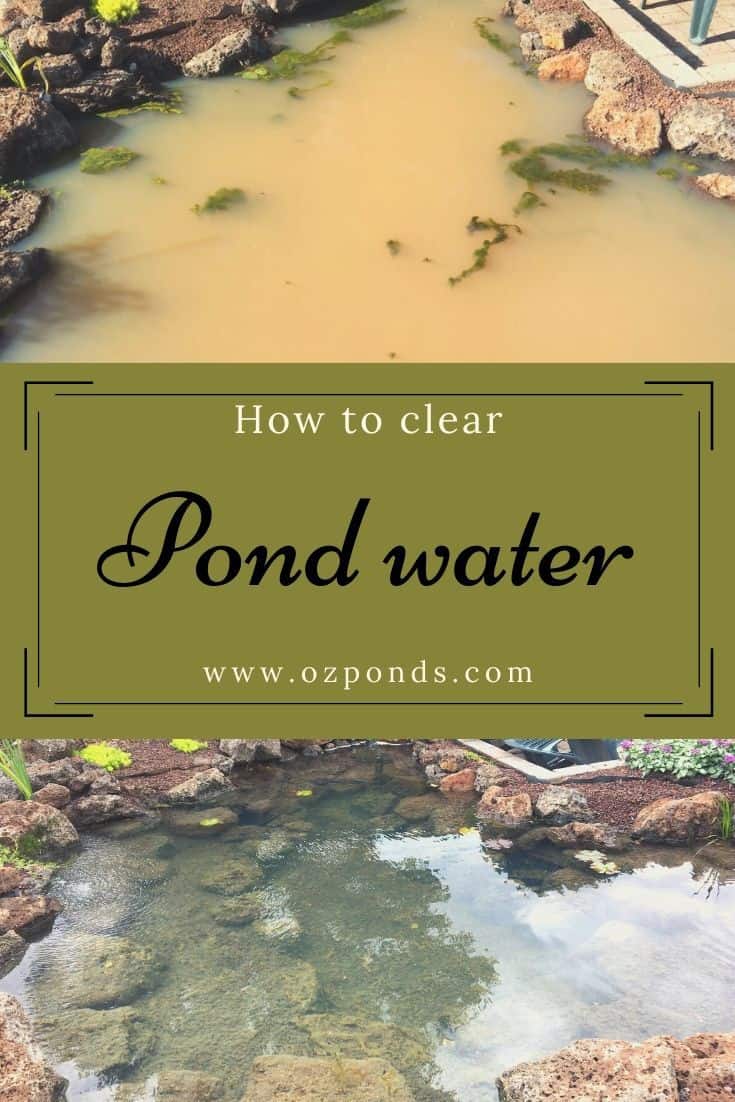Welcome to our comprehensive guide on how to make the water clear in a pond. Having a clear and pristine pond not only enhances the aesthetic appeal of your outdoor space but also creates a healthier environment for aquatic life. Cloudy or murky water in a pond can be caused by various factors such as algae growth, debris accumulation, and inadequate filtration. By following the steps outlined below, you can achieve crystal-clear water in your pond.
1. Install a Pond Filtration System
One of the most effective ways to maintain clear water in a pond is by installing a high-quality filtration system. A filtration system helps to remove debris, excess nutrients, and other particles that can cloud the water. There are different types of pond filters available, including mechanical filters, biological filters, and UV clarifiers. Choose a filtration system that is suitable for the size of your pond and the level of filtration required.
2. Control Excessive Nutrients
Excessive nutrients in the water can lead to algae blooms, which can turn the water green and murky. To prevent this, you can add aquatic plants to your pond. Plants like water lilies, water hyacinth, and hornwort not only add beauty to the pond but also help to absorb excess nutrients, thus reducing algae growth. Additionally, avoid overfeeding fish in the pond, as uneaten food can contribute to nutrient buildup.

Credit: www.youtube.com
3. Regularly Clean and Maintain the Pond
Regular maintenance is key to keeping the water clear in a pond. Remove any debris such as leaves, twigs, and dead plant matter from the surface of the pond regularly. Use a skimmer net or a pond vacuum to clean the bottom of the pond and prevent the buildup of organic material. Trim and thin out aquatic plants as needed to ensure proper circulation and oxygenation of the water.
4. Monitor Water Quality
It is important to monitor the water quality parameters of your pond to ensure that they are within the optimal range for aquatic life. Test the water regularly for parameters such as pH, ammonia, nitrites, and nitrates. Make adjustments as needed to maintain a balanced ecosystem in the pond. Proper water quality can help prevent algae growth and maintain clear water.
5. Use Beneficial Bacteria
Beneficial bacteria play a vital role in maintaining water clarity in a pond. These bacteria help break down organic matter such as fish waste and uneaten food, reducing the nutrient load in the water. You can add beneficial bacteria supplements to the pond to boost the natural biological processes that occur in the water. This can help prevent the accumulation of organic material and keep the water clear.

Credit: ozponds.com
6. Provide Adequate Aeration
Adequate aeration is essential for maintaining clear water in a pond. Aeration helps to oxygenate the water, which is crucial for the health of fish and other aquatic life. It also helps to prevent stratification and stagnant areas in the pond, reducing the likelihood of algae growth. Consider installing a fountain, waterfall, or aerator to ensure proper aeration of the water.
7. Use Natural Water Clarifiers
Natural water clarifiers can be used to help clear up cloudy water in a pond. Substances like barley straw, which releases compounds that inhibit algae growth, can be placed in the pond to improve water clarity. Barley straw is a safe and environmentally friendly option for controlling algae and maintaining clear water. Additionally, products containing beneficial bacteria can also help clarify the water.
8. Prevent Runoff and Erosion
Runoff from surrounding areas can introduce pollutants and excess nutrients into the pond, leading to water quality issues. To prevent runoff and erosion, create buffer zones around the pond with native plants and vegetation. These plants can help filter out contaminants and prevent soil erosion, ultimately improving the water quality of the pond.
Conclusion
Clear water in a pond is not only visually appealing but also essential for the health of aquatic life. By following the tips outlined in this guide, you can create and maintain a clear and healthy pond environment. Remember to install a filtration system, control excessive nutrients, regularly clean and maintain the pond, monitor water quality, use beneficial bacteria, provide adequate aeration, use natural water clarifiers, and prevent runoff and erosion. With proper care and maintenance, you can enjoy a beautiful and crystal-clear pond for years to come.





